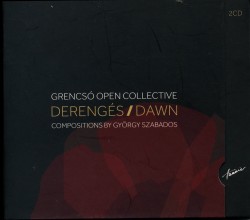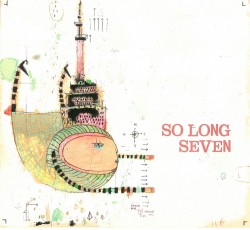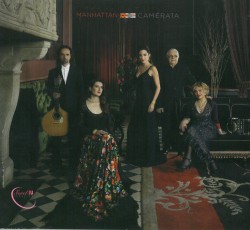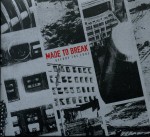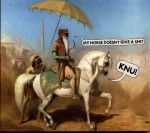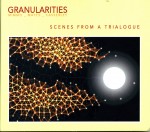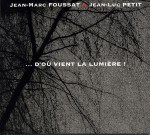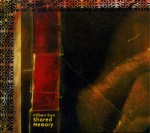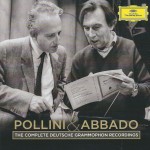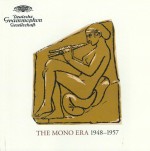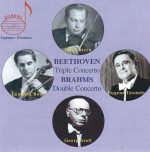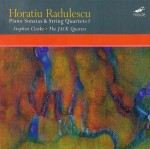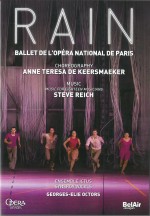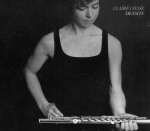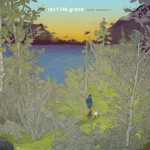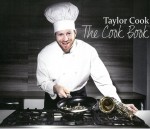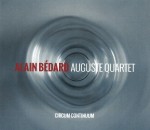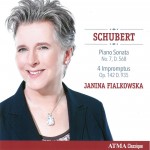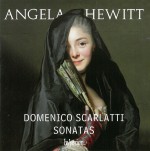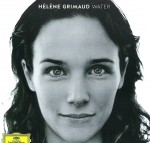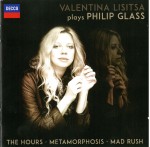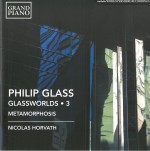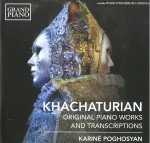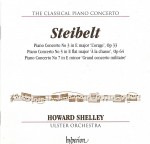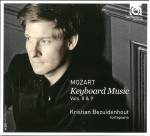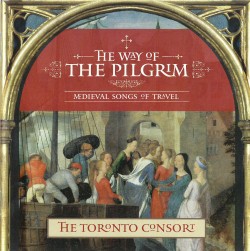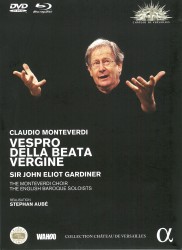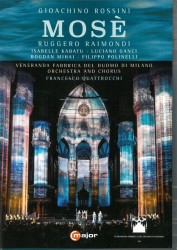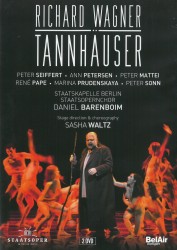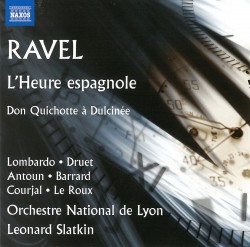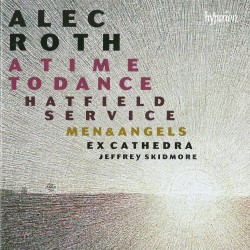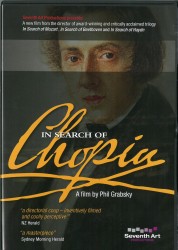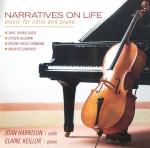 Narratives on Life – music for cello and piano
Narratives on Life – music for cello and piano is the latest CD from the Ottawa duo of cellist
Joan Harrison and pianist
Elaine Keillor (Marquis MAR 81467). The four varied works are connected by the composers’ shared Jewish heritage and are not often heard – indeed, three of the performances here are world premiere recordings.
Srul Irving Glick’s Chagall Suite for Cello and Piano is a three-movement work from 1993 inspired by the Marc Chagall paintings The Cellist, The Lights of the Wedding and The Big Circus. There’s some lovely tone and colour from the cello, although the piano seems to be a bit far back in the balance.
My feeling that the playing was perhaps a bit too subdued was reinforced by the second work, the Sonata for Cello and Piano by the Canadian composer Steven Gellman. Completed in 1994, its third movement finale is titled Scherzo (on a Heavy-Metal rhythm), but while the playing here is more than up to the technical challenges it really seems to need more fire and energy.
The one work I would have thought would be a first recording turned out to be the only one that wasn’t. The musically multi-talented child prodigy Hélène Riese Liebmann was born in Berlin in 1795 and was already having her compositions published by 1813, a quite remarkable achievement in an age when the likes of Fanny Mendelssohn and Clara Schumann would have to resort to having their compositions published under the names of their respective brother and husband. The Grand Sonata in B-flat Major for Cello and Piano Op.11 is a very pleasant work and it is very much of its time.
While studying at Yale University Harrison met the son of the American composer Maurice Gardner (1909-2002) whose Sonata for Cello and Piano completes the CD.
Gardner had a long and varied musical career in many commercial spheres, and was finally able to concentrate on non-commercial compositions when he reached his 60s. Harrison’s acquaintance with his son led to her being coached by the composer himself in the playing of this sonata, and it shows: it’s not only the strongest and most assured work on the CD, but also draws the most committed and convincing playing from the performers.
It’s a fine ending to a very interesting CD.
Say what you will about Antonio Vivaldi – and despite the huge popularity of his music, he isn’t everyone’s favourite composer – his voice is unmistakeable. We’ve all heard the old line – that Vivaldi didn’t write 500 concertos but wrote the same concerto 500 times – but the truth is that despite the continuous sequences, circles of fifths, arpeggios, scales and rhythmic patterns that tend to obscure the frequent absence of any real melodic material, there is a delightful freshness and inventiveness and a sense of spontaneity that runs throughout his instrumental music.
Review
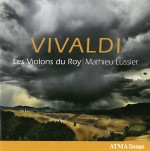 These qualities are more than captured in Vivaldi, the outstanding new CD from Les Violins du Roy under Mathieu Lussier (ATMA ACD2 2602). Moreover, the six concertos here display the wide range of solo combinations that Vivaldi used, as 16 of the orchestra members are featured as soloists. Just look at the range of works: the two Concertos in F Major for Violin, Two Oboes, Bassoon, Two Horns, Strings and Continuo RV569 and RV574; the Concerto in B Minor for Four Violins, Cello, Strings and Continuo RV580; the Concerto in G Minor for Violin, Two Recorders, Two Oboes, Bassoon, Strings and Continuo RV577; and the Concerto in E Minor for Four Violins, Strings and Continuo RV550.
These qualities are more than captured in Vivaldi, the outstanding new CD from Les Violins du Roy under Mathieu Lussier (ATMA ACD2 2602). Moreover, the six concertos here display the wide range of solo combinations that Vivaldi used, as 16 of the orchestra members are featured as soloists. Just look at the range of works: the two Concertos in F Major for Violin, Two Oboes, Bassoon, Two Horns, Strings and Continuo RV569 and RV574; the Concerto in B Minor for Four Violins, Cello, Strings and Continuo RV580; the Concerto in G Minor for Violin, Two Recorders, Two Oboes, Bassoon, Strings and Continuo RV577; and the Concerto in E Minor for Four Violins, Strings and Continuo RV550.
There is a brief Sinfonia from the opera La verità in cimento, RV739 before the final Concerto in C Major for Two Trumpets, Strings and Continuo RV537, whose familiar opening three notes will immediately bring to mind the closing doors on a TTC subway car for Toronto residents; the dazzling third movement brings to a close a CD that is a pure delight from start to finish.
The orchestral texture is warm and bright, with a discreet and beautifully balanced continuo and a clear and resonant recorded sound.
Listen
Concerto for 4 Violins & Cello in B Minor, Op. 3 No. 10, RV 580 - I. Allegro
Concerto for 4 Violins in E Minor, Op. 3 No. 4, RV 550 - I. Andante
Concerto for 2 Trumpets in C Major, RV 537 - I. Allegro
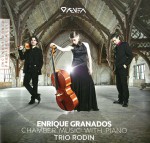 The young Spanish ensemble Trio Rodin is featured in a lovely CD of music of their homeland with Enrique Granados Chamber Music with Piano (Ævea Æ16013).
The young Spanish ensemble Trio Rodin is featured in a lovely CD of music of their homeland with Enrique Granados Chamber Music with Piano (Ævea Æ16013).
Chamber music was a neglected field in late 19th-century Spain, a situation that Granados addressed in his compositions; his Piano Trio Op.50 was one of two chamber works that he performed on his debut in Madrid’s musical society in 1895. It’s an attractive work that allows all three performers here to showcase their technique, their warm tone and their ensemble skills. For this recording Trio Rodin worked from the autograph manuscript source, apparently only recently identified.
Pianist Jorge Mengotti is joined by cellist Esther García in the three pieces Madrigal, Danza gallega and Trova, all adapted from previous Granados works and all dedicated to Pablo Casals.
The remaining eight tracks on the CD feature violinist Carles Puig. Romanza is a lovely, lyrical miniature that brings sensitive playing from the duo. The Tres preludios are extremely short (less than four minutes in total) but quite effective.
The unfinished Sonata for Violin and Piano completes the disc. It dates from the same period as the Piano Trio, but until fairly recently the beautifully rhapsodic first movement was thought to be all that was completed; Trio Rodin, however, found a completed second movement in the same manuscript source as the Piano Trio, together with very brief opening fragments for an Andante and a Finale; all the material is presented here.
The works here are all finely crafted and beautifully played, with an exceptionally clean recorded sound.
Every now and then a CD comes along that reminds you how easily you can lose track of contemporary composers and their works if your focus is always on the standard repertoire and the established, traditional composers, and how much of real value you can consequently miss.
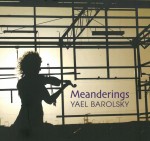 One such CD is Meanderings, the terrific new solo release from the Israeli violinist Yael Barolsky (negevmusic.wix.com/negevmusic). While Luciano Berio’s name will be familiar to most, the same may not be true for Dai Fujikura (b.1977), a Japanese composer now resident in the UK; the Boston-born Israeli composer Amos Elkana (b.1967); the soloist’s father, Lithuanian Michael Barolsky (1947-2009); and Italian Luca Francesconi (b.1956), although all five composers are represented here by strong, engrossing works.
One such CD is Meanderings, the terrific new solo release from the Israeli violinist Yael Barolsky (negevmusic.wix.com/negevmusic). While Luciano Berio’s name will be familiar to most, the same may not be true for Dai Fujikura (b.1977), a Japanese composer now resident in the UK; the Boston-born Israeli composer Amos Elkana (b.1967); the soloist’s father, Lithuanian Michael Barolsky (1947-2009); and Italian Luca Francesconi (b.1956), although all five composers are represented here by strong, engrossing works.
Berio’s Sequenza VIII from 1976 is at the heart of the album for Barolsky, who credits its character and technical demands as leading to, and influencing the selection of, the other works on the CD. The ease and comfort with which she negotiates a really challenging piece more than bear out her statement that it is a piece she has loved and performed for many years.
Fujikura’s 2010 composition Fluid Calligraphy for violin and optional video (the latter obviously not included here, but viewable in a complete performance on daifujikura.com) is an attempt to recreate the principles of Japanese calligraphy by using the bow as the equivalent of the calligrapher’s brush. Although it encompasses a wide range of technical effects it remains a very accessible work.
Elkana’s Reflections for violin and electronics was written for Barolsky in 2014 and is dedicated to her. A computer records the solo violin, but only at specific points in the solo part, and plays the recordings back through four speakers positioned beside the player. The result is a multi-layered collage of voices where distinguishing between the live and recorded playing becomes virtually impossible at times; only the first appearance of new material clearly identifies the live soloist. It’s extremely effective, with mixes of high and low registers, pizzicato and arco sections and fast and slow tempi, with a beautiful quasi-chordal section at the end.
Michael Barolsky’s Prana (the Sanskrit word for life force) for violin and tape from 1977 fuses the composer’s melodic lines with fragments from the Bach D Minor Allemande (in slow tempo) against a background of electronic sounds invoking nature.
Francesconi’s 1991 composition Riti neurali for violin and ensemble is a live recording with the Israel Contemporary Players under Ilan Volkov. Subtitled Third Study on Memory, it was inspired by the composer’s fascination with a particular theory on the function of memory.
Barolsky’s playing is simply outstanding throughout a CD that is a significant addition to the contemporary solo violin discography.
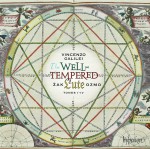 Lutenist Žak Ozmo explores the music of Vincenzo Galilei on The Well-Tempered Lute Tones I-IV, another excellent CD from Hyperion (CDA68017).
Lutenist Žak Ozmo explores the music of Vincenzo Galilei on The Well-Tempered Lute Tones I-IV, another excellent CD from Hyperion (CDA68017).
Galilei was a respected member of the Camerata, an influential group of humanists, musicians, poets and intellectuals active in Florence in the late 1500s. The music here is taken from his Il Primo Libro d’intavolatura di liuto (1584), written for a six-course lute and which Ozmo, in the outstanding booklet notes, calls the first substantial musical collection to champion the versatility of a well-tempered tuning system, demonstrating the lute’s ability to transpose pieces to any of the 12 degrees of an equally tempered scale. Ozmo explains in fascinating detail the philosophical, interpretational and technical challenges that the work presents – which he says push both the player and the instrument to their limits – as well as the questions that need to be answered in order to perform it.
The technical challenges are clearly handled well, although the playing seems a bit dry and tight at times, no doubt due to the fact that in order to play the pieces on each step of the scale, the index finger of the left hand needs to be kept flat on the fingerboard after the first step. Anyone who has ever tried playing classical guitar with a permanent full barre chord will know what that entails!
Still, this is a fascinating CD that will doubtless more than repay repeated listening.
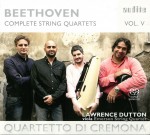 There’s another series of the Beethoven Complete String Quartets making its way through these remarkable works, this time by the Quartetto di Cremona on the audite label (92.684). The first volume was issued in March 2013.
There’s another series of the Beethoven Complete String Quartets making its way through these remarkable works, this time by the Quartetto di Cremona on the audite label (92.684). The first volume was issued in March 2013.
I haven’t heard any of the previous releases, but if the new Volume V Super Audio CD is anything to go by, then I’ve really been missing something. There’s only one quartet on this issue – No.15, the String Quartet in A Minor Op.132 – but the ensemble is joined by the outstanding Lawrence Dutton on viola for the early String Quintet in C Major Op.29.
This Italian quartet has been around for ten years now, and much is made of their training with the Quartetto Italiano’s Piero Farulli and the Alban Berg Quartet’s Hatto Beyerle; the resulting mix of an intuitive, emotional approach to the music with the classical German-Austrian focus on form and structure. Their playing here certainly bears that out, with a fine sense of shape and form never compromising the warmth and spontaneity of the playing.
Three further volumes are planned to complete the series of eight regular-priced CDs. How this set will fare in a fiercely competitive field where 2CD issues and box sets are the norm remains to be seen, but the performances themselves will more than hold their own, I’m sure.
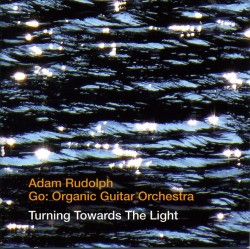 Turning Towards the Light
Turning Towards the Light

